By Meredith – Port Elizabeth, 20th October 2018. Morocco is synonymous with the Sahara Desert and camel adventures. This exotic North African country is also home to a number of interesting animals that you may experience during your visit. In this post animal lover, Meredith highlights some of her furry encounters during her two-week long travels in January this year.
Being a nature enthusiast I am always interested in learning about, and hopefully seeing for real, a country’s wildlife. Coming from a megadiverse country such as South Africa where big five animal experiences are a pretty common occurrence, I am usually a bit disappointed that most countries have so few ‘wild’ animals. Obviously, I knew there would be camels in Morocco, I mean who does not envision gracefully sailing along the red sand dunes of the Sahara Desert. (I decided Morocco’s camels would be nothing like the smelly, spitting camels encountered at numerous markets in my lifetime). After a quick Google search, I learned that Morocco has at least ten different animals. Most of these, however, are cosmopolitan and the more interesting are extremely difficult to spot on a standard trip around Morocco.
Table of Contents
- 1. Domestic Animals
- 1.1 Camels
- 1.2 Tree climbing goats
- 2. Wild animals
- 2.1 Fennec Fox
- 2.2 Sandfish
- 2.3 Barbary lions
Domestic Animals
Livestock and dromedary camels abound in Morocco. It is highly likely that you’ll be pushed out the way in one of the narrow medinas by a heavily laden donkey, watch chickens being effortlessly slaughtered and packaged for a new take on fresh produce, and stop multiple times during your drive through the countryside to allow sheep and cattle to pass by. In the central markets, you will see beautifully decorated horse-drawn carriages willing to whisk you around town. If you visit the smaller towns, such as Rissani, on market day you will see the herds being brought in for sale. Instead of parking lots for cars, you’ll notice donkeys waiting around for their owners to fetch them after a successful day of bartering.

Decorated horse-drawn carriages near Djemaa el Fna in Marrakech, Morocco
Cats and dogs are plentiful in Morocco, you will literally encounter cats at every turn you make throughout the country. I could devote a whole post showcasing the cats I cuddled and photographed while spending two weeks in Morocco. You will see fat well looked after cats, but also multitudes of mangy, starving cats milling about with kittens. This can be quite disheartening to some sensitive travelers, but for the most part, there is ample food and shelter for these cats to survive. I hope organizations exist that trap, neuter and release feral cats to at least alleviate the large populations.
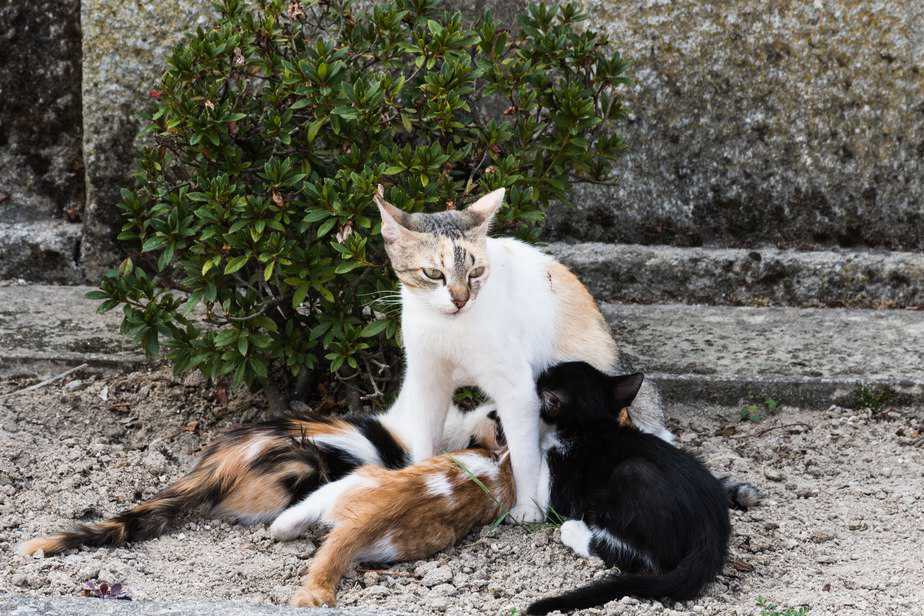
3 little baby cats drinking mom’s milk.
In the blue city of Chefchaouen, we decided to take a drive one morning up the hillside to contemplate if we should undertake the Cascades d’Akchour hike. Unfortunately, we soon realized that the winter mist was far too thick and retreated back to town for a day of exploring. Along the way, we passed a rubbish dump and were terrified by a huge pack of dogs that were patrolling along the road. I had honestly never seen so many dogs freely roaming together before and was extremely glad we were safely in the car.
Camels
No post about Morocco’s animals would be appropriate without mentioning the dromedaries. The single-humped camel occurs in Africa and the Middle East and is far more common than the two-humped Bactrian camel that occurs in Mongolia. These ships of the desert have been used for transportation for centuries and are still used by nomadic people today. Camel milk is very nutritious, their dung can be used as fuel on fires and camel skins used for leather. (I think the wallet I bought in Fes was made from camel leather, and to this day it stinks like the tanneries, so be careful!).
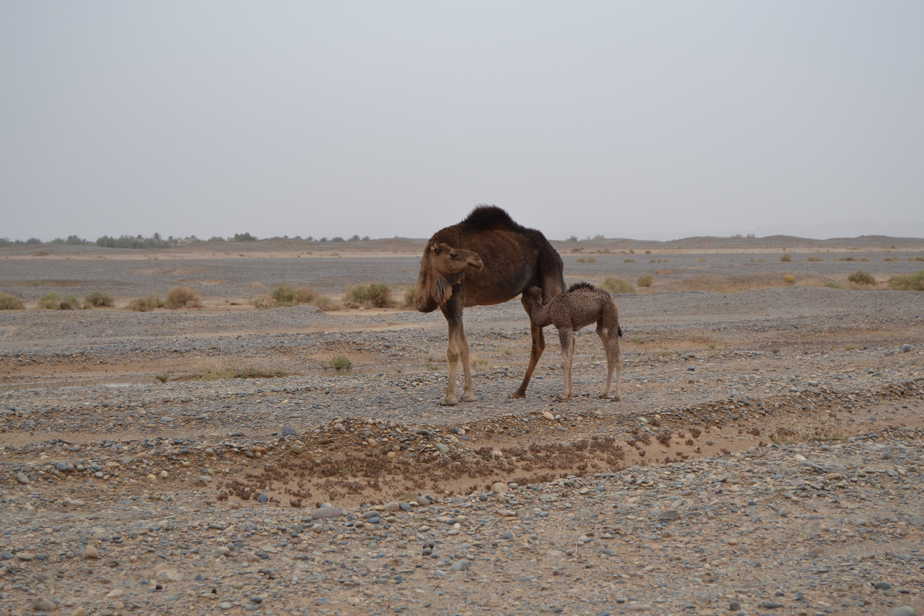
A baby camel drinking from his mom in the Drâa-Tafilalet region.
Tourists love to experience the desert either by camelback, 4×4, quad biking or preferably a combination of all activities. We have forewarned that camel riding is a painful, arduous process, but I am happy to report that we experienced no camel riding related aches aside from being sandblasted (preferably don’t visit the desert in the middle of winter!). I was enamored with the camels and the different colors and sizes they came in and promptly made our driver stop whenever we came across camels alongside the roads. One memorable stop for me was to watch a baby drinking from his mom. I genuinely felt that the camels used in our trip were well cared for and that the herders had a loving relationship with their animals. Supporting only ethical animal practices is important to me and I encourage you to speak out if you come across practices you believe are abusing the animals. Read more about Sahara Desert tours.

Tree climbing goats in Morocco. The goats climb the Argan tree to eat its fruit.
Tree climbing goats
A rather unusual experience to be had in the Sous Valley of southwestern Morocco are tree-climbing goats. These goats feed on the fruit of the Argan tree and have learned to climb its branches to reach all the inaccessible fruit. Interestingly, this is a symbiotic relationship between the farmers and the goats because the small fruit is inedible to humans. The farmers are interested in the nut inside the fruit that is used to make priced argan oil. The nut is softened in the goat’s stomach, but not digested, passing through into its excrement. The nuts can then be collected and processed into argan oil and related products. These days modern advancements mean that few farmers still use this method, however, the goats still enjoy this tasty snack.
Wild animals
The easiest wild animal to come across in Morocco is Barbary Macaque monkeys that are frequently found dressed up and chained in the central markets such as Djemaa el-Fna in Marrakech. Hopefully, you will be afforded a more natural experience of seeing these macaques in the cedar forests of Azrou, which you can read more about it. Aside from monkeys, we also saw ostrich, camels, peacocks, chameleon, ponies, and snakes being displayed for photographs in exchange for payment. I personally do not like to support these practices as I believe animals are better off in the wild, but I reserve judgment and hope that their owners treat them well.
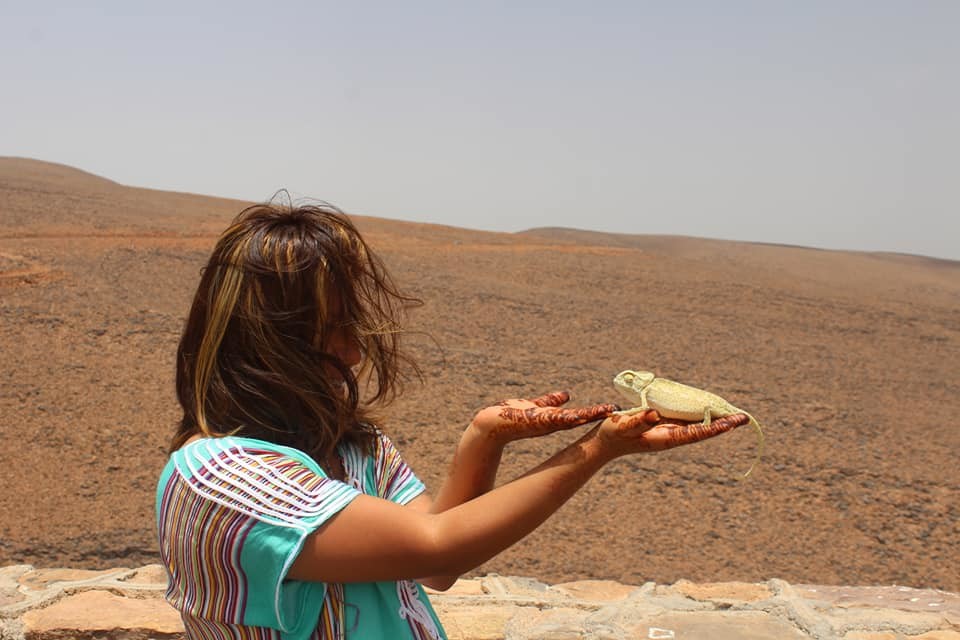
A girl carrying a chameleon in her hands in the mountains of Agdz, on the way to the desert.
I also found it interesting that baby tortoises and chameleons were kept in small cramped cages being fed bread, lettuce and other scraps in the medinas. Apparently, they are bought as pets for gardens. Chicks dyed different bright colors were also for sale, the purpose of which I could not fathom. Aside from these interesting encounters the other wildlife I wanted to experience was fennec foxes and sandfish. Although my guide tried to fulfill these wishes, with limited time in the desert, it was not possible to find these two elusive species. We even went to visit a family that had taken in an orphan fox, only to discover it had passed away the night before due to the extreme cold of the winter.
Fennec Fox
These small nocturnal foxes are found in the Sahara of North Africa and are easily distinguished by their unusually large ears. Perfectly adapted to high-temperature, low-water, desert environments fennec foxes have incredible hearing enabling them to catch prey burrowing under the sand. The true extent of this shy species is unknown, however, it is not thought to be endangered. Its name originates from the Berber word for fox (fanak) and their fur is well prized in the culture.
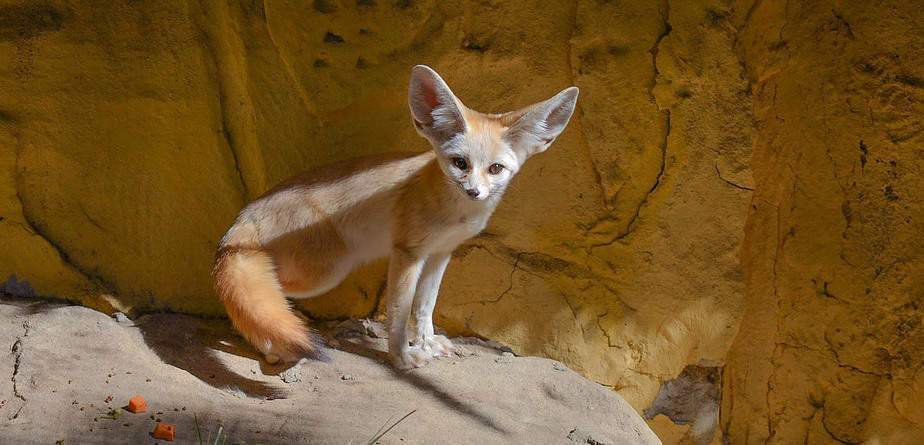
A beautiful fennec fox in his hut. The fennec foxes are the loveliest little nocturnal fox in the Sahara of North Africa.
Sandfish
Another very fascinating animal found in the Sahara Desert are sandfish, whose scientific name Scincus Scincus seems quite appropriate. This yellow and black striped skink burrows and literally swims through the sand. Locals will catch and show them to the tourists.
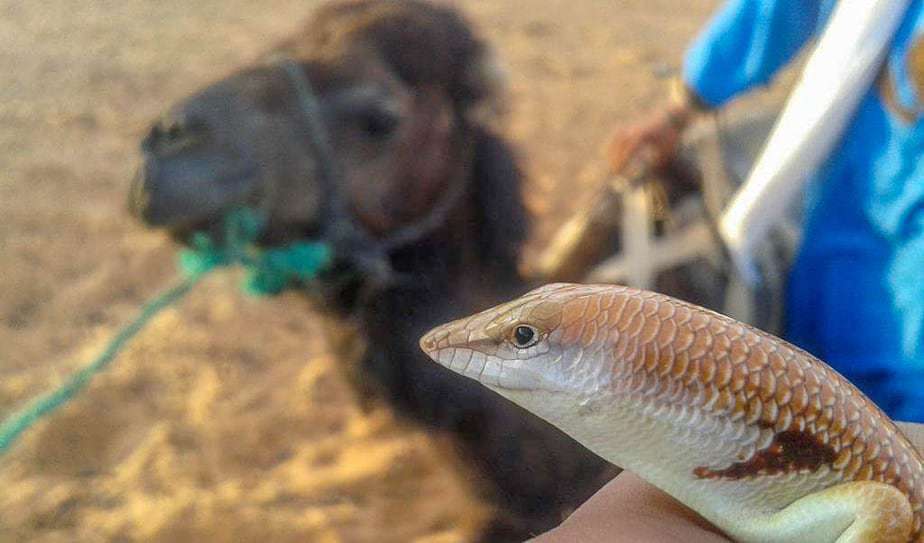
A sandfish in hands of a tourist in the Sahara desert of Merzouga.
Barbary lions
Our guide mentioned that lions exist in the Atlas mountains, but these days this is more of a legend. Barbary/ North African or Moroccan lions are the national animal of Morocco but have been regionally extinct since the 1960s. The Sultans and Royal Family of Morocco have always kept lions as part of the royal menagerie. Surprisingly this lineage can still be traced to lions presently at the zoo in the capital of Rabat. Originally thought to be a distinct subspecies genetic studies have recently revealed that this lion is the same species as Asiatic lions.
Join countless satisfied travelers who have experienced Morocco with us. We customize every detail to make your Moroccan adventure uniquely yours. Explore the Magic of Morocco with us!

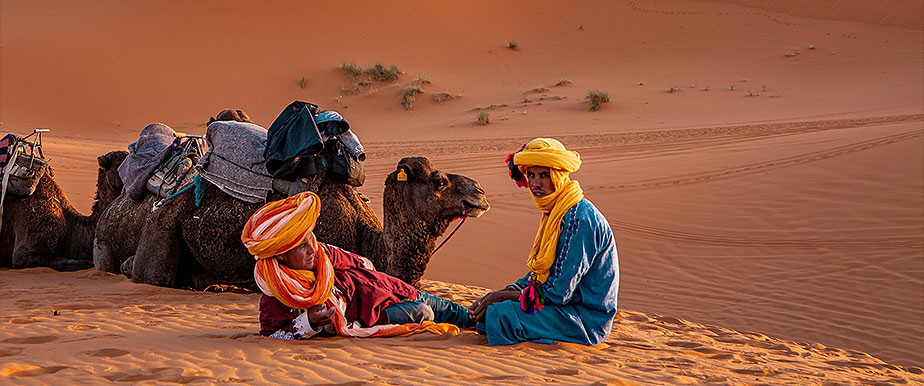



























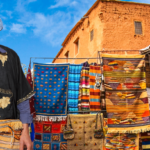








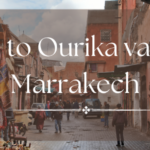











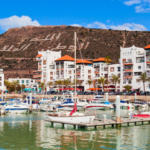







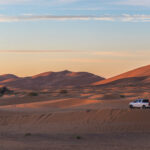







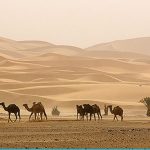











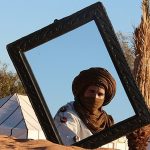

















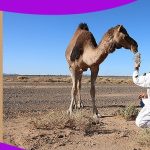














































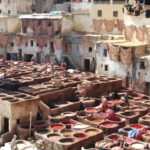



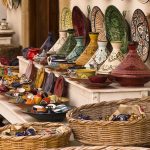




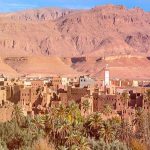
















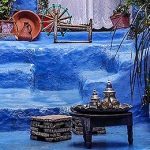











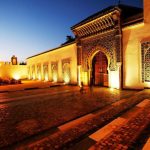




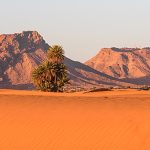













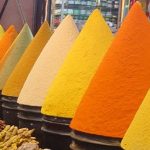
















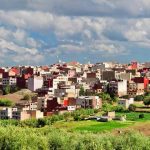


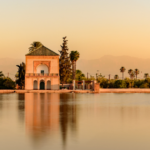





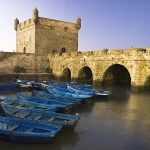

























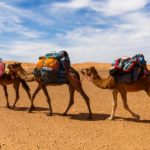


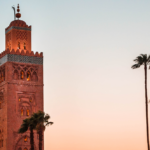



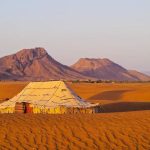




Uilton Verified
I found incredible every detail commented on this blog, I was more willing to know this place and the culture.
Anup Verified
Hi Meredith. Great piece of info. I am a nature enthusiast too and like wildlife photography. I tried Merzouga desert a couple of times, but was never lucky to photograph these incredible animals. Please suggest a good guide who really has a good info. Last time, I lost the sunset because of some stupid tourists who were late to leave for the desert camp. I don’t want this to happen again. Eagerly waiting for a reply. Thanks
khalid Verified
Dear Anup:
Thank you so much for your review, please contact our tour Guide Icho:
WhatsApp: +212660637172
Instagram : desert_morocco_adventur
Best Regards